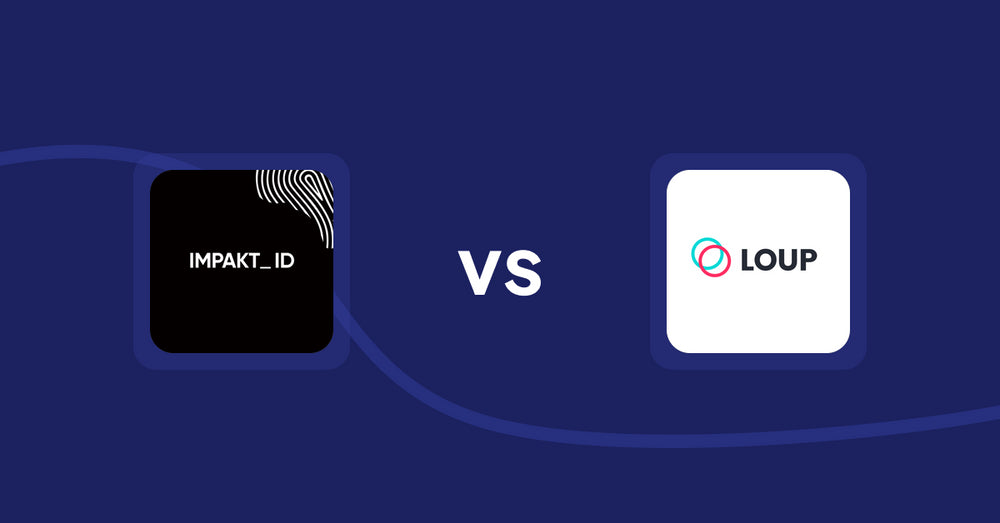Shopify Metafield Apps: Metafields Manager vs. Native Metafields

Table of Contents
- Introduction
- How Does Metafields Manager Work?
- How Does Native Metafields Work?
- How Much Does Metafields Manager Cost?
- How Much Does Native Metafields Cost?
- Cost Analysis: Metafields Manager vs. Native Metafields
- User Reviews & Customer Support Insights
- Integration and Compatibility Comparison
- Conclusion
Introduction
In the ever-evolving world of e-commerce, managing product data can make a notable difference in delivering a superior customer experience. Metafields play a crucial role by allowing merchants to store additional information related to various aspects of their products and collections. This added layer of customization not only enhances user experience but can also boost conversion rates. To effectively leverage this capability, several tools, specifically metafield apps, are available to simplify the process for store owners.
Two prominent options in this space are Metafields Manager and Native Metafields. These applications offer a range of features that enable Shopify merchants to manage metafields efficiently. The right metafield app not only streamlines your workflow but also enriches the customer experience through better-organized product data. So, how do these two solutions stack up against one another?
How Does Metafields Manager Work?
Metafields Manager by Argonautic Labs is designed to empower merchants by providing a straightforward way to handle metafields. The app utilizes an intuitive dashboard and robust CSV import/export tools, making it easier to manage a vast amount of data without any technical proficiency.
Key Features:
- Comprehensive Management: Allows users to add/edit all metafields effortlessly, covering products, collections, and articles.
- CSV Import/Export: This feature provides bulk import/export capabilities, enabling merchants to update their data in one go.
- Full Store Control: Users can manage metafields globally across their store, maximizing the flexibility of their offerings with just a few clicks.
Benefits:
For startups and small to medium businesses, this tool presents a significant advantage. Instead of waiting on developers to make data updates or changes, business owners can directly manage their metafields, streamlining operations. For larger enterprises, the ability to handle extensive amounts of data efficiently will save time and reduce the likelihood of errors, ultimately improving data integrity.
Hypothetical Scenario:
Imagine a retail business that sells various electronic gadgets. Through Metafields Manager, they can easily add detailed specifications, user manuals, and warranty information as metafields for each product, allowing customers to click and view all relevant information without leaving the product page. This enriched product detail not only improves the user's shopping experience but can also lower the rate of returns due to undisclosed product features.
How Does Native Metafields Work?
Native Metafields, developed by SB FUND CAPITAL, is built to optimize the management of metafields. It's designed for merchants looking for a straightforward way to view and handle metafields associated with various store aspects.
Key Features:
- Easy Management: Users can view, filter, search, and edit metafields with ease.
- Import/Export Support: Offers import/export capabilities, allowing users to handle their metafields effectively.
- Liquid Code Retrieval: Provides easy access to the Liquid code syntax of metafields, which can be beneficial for those familiar with coding.
Benefits:
This app is suitable for businesses of all sizes, particularly startups benefiting from the free starter plan. However, as businesses grow and require more robust data management, they may find themselves needing advanced functionalities that this app may not support as effectively as competitors.
How Much Does Metafields Manager Cost?
Pricing is an integral part of determining the right app for your business needs. Metafields Manager offers a single pricing tier that focuses on delivering comprehensive features tailored to meet various customer demands.
Pricing Breakdown:
- Price: $20/month
- Features: Includes all metafield management capabilities, bulk import/export tools via CSV, and global control settings.
- Limitations: Currently, there is only one plan, which may limit scalability for different business needs.
- Target Audience: This plan is suited for small to mid-size businesses looking to improve their data management without incurring heavy costs.
- Additional Costs: No additional fees were indicated.
As a note, should you require unique requirements that aren't met by this standard plan, “It is important to note that you can always reach out to our team and we can create a custom pricing plan to suit your needs and your budget. Schedule a call via this link and we’ll come up with the best solution for you and your business.”
How Much Does Native Metafields Cost?
Native Metafields offers multiple tiers allowing merchants to select based on their specific requirements and budget constraints.
Pricing Breakdown:
- Starter Plan: Free plan allowing users to view metafields but with limited functionality.
- Advanced Plan: $6.99/month, includes editing capabilities and a limited import/export feature.
- Professional Plan: $9.99/month, expands upon previous features with increased data limits.
- Expert Plan: $15.99/month, offers the complete suite of features with the largest import/export capacity.
Much like with Metafields Manager, this tiered structure allows businesses to choose a fitting plan, starting from free options for startups to paid tiers for scaling needs. However, while these plans cater to a broader audience, users may find the basic options lacking in features for more complex operations.
Cost Analysis: Metafields Manager vs. Native Metafields
When comparing both apps in terms of pricing, Metafields Manager offers a straightforward solution at $20/month, which encapsulates a robust feature set that can serve numerous businesses effectively. On the other hand, Native Metafields offers a limited free plan and lower-cost options, but they may not provide the depth of functionality that Metafields Manager does as businesses scale.
Given the extensive features offered by Metafields Manager, it appeals to medium-sized companies or larger entities that demand more robust metafield management without needing to deal with multiple plans with variable features.
User Reviews & Customer Support Insights
Is Metafields Manager good?
Boasting an impressive rating of 5 stars from 64 reviews, Metafields Manager is perceived as a highly effective solution for merchants wanting to manage metafields without complication. Users consistently praise its intuitive dashboard and reliability in handling bulk data.
Is Native Metafields good?
Native Metafields also enjoys a strong rating of 5 stars based on 7 reviews. Users likely admire its simplicity and ease of access in managing metafields. However, the less extensive user base may lead to limited insights and experiences being shared compared to Metafields Manager.
User Preference: Metafields Manager or Native Metafields?
Based on the number of reviews and ratings, it becomes apparent Metafields Manager is more favored among users. The breadth of features and user satisfaction bolster its standing as a superior solution for merchants looking for an effective app for metafield management.
Integration and Compatibility Comparison
Native Metafields Integrations:
Native Metafields doesn't specifically highlight integration capabilities. However, merchants report that it seamlessly works within the Shopify ecosystem, providing a straightforward usage experience without extra integrations.
In contrast, Metafields Manager consolidates data hosting on Shopify or allows AWS S3 support, giving users flexibility in how they choose to manage their metafield data.
Conclusion
Both Metafields Manager and Native Metafields have their merits, but Metafields Manager distinctly stands out. With its user-friendly design, comprehensive feature set, and competitive pricing, it is undoubtedly better positioned to offer value for businesses of various scales. An impressive 5-star rating reflects its reliability and effectiveness in driving customer engagement. While Native Metafields serves specific niches, the extensive capabilities of Metafields Manager make it a more appealing solution for many merchants aiming to enhance their e-commerce experience through effective metafield management.
Still Searching for the Perfect Customization Solution?
Stop searching and start thriving with Accentuate Custom Fields! This powerful metafield management app supercharges Shopify’s native features, giving you the tools to create a truly personalized customer experience.
Why Choose Accentuate Custom Fields?
- Advanced Customization: Unlimited field definitions, logical grouping, and custom layouts make your store one-of-a-kind.
- Enhanced Editor Experience: Effortlessly edit variant metafields, use advanced HTML and markdown editors, and sync field definitions between stores.
- Flexible Management: Import/export capabilities, automatic tagging, and comprehensive support for Metaobjects and versioning.
- 24/7 Support: If you have any questions or need assistance, our team is available around the clock to help with any custom modifications to suit your store.
Join over 12,000 merchants, including top Shopify Plus stores, who trust Accentuate for their customization needs. With a stellar 4.9-star rating, Accentuate is the go-to tool for advanced CMS needs, offering unmatched flexibility and control over your store’s content. Elevate your Shopify store with high-quality content that boosts customer experiences and conversions. Tell your story, showcase your products, and create an engaging customer journey with ease.
Experience the Accentuate difference and watch your Shopify store thrive!
Accentuate vs Competition
Explore how Accentuate Custom Fields stands out. Whether you’re aiming to customise your storefront, streamline operations or improve content management, see how we compare against the competition
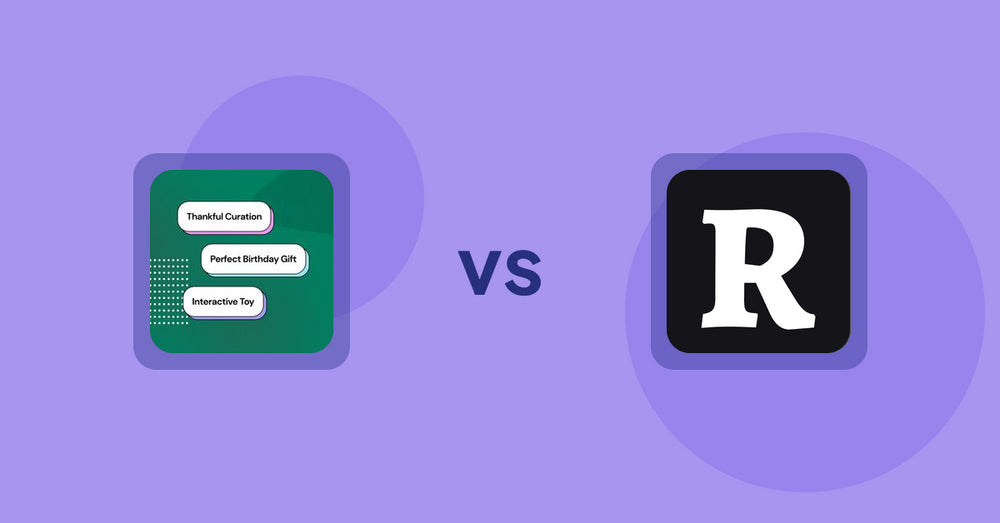
Shopify Product Display Apps: FeatureFrame ‑ Pretty Product vs. AI SEO: Top Product Features
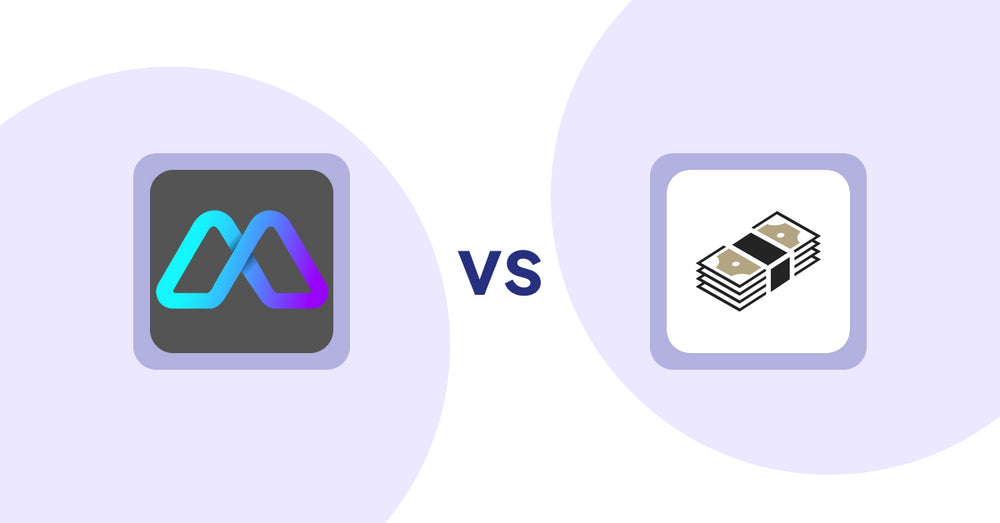
Shopify Product Display Apps: Metadrob: Create Virtual Store vs シンプルクラウドファンディング|お手軽自社クラファン
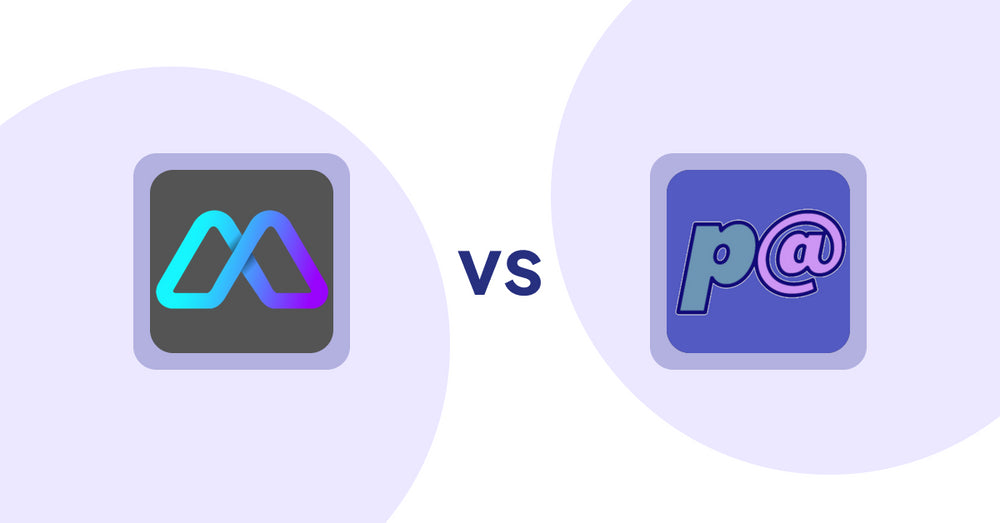
Shopify Product Display Apps: Metadrob: Create Virtual Store vs Parameterizer
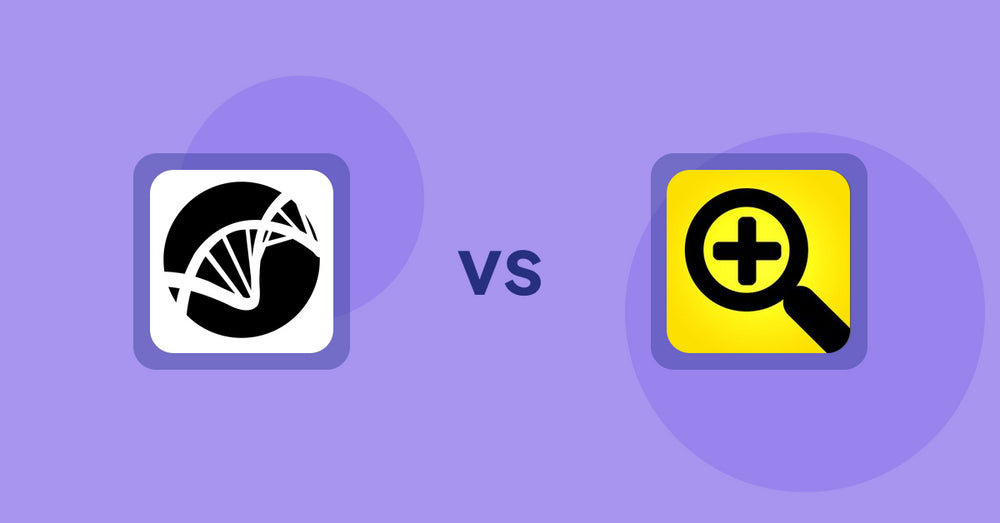
Shopify Product Display Apps: Bike Matrix vs. Fast View: Fastest Quick View
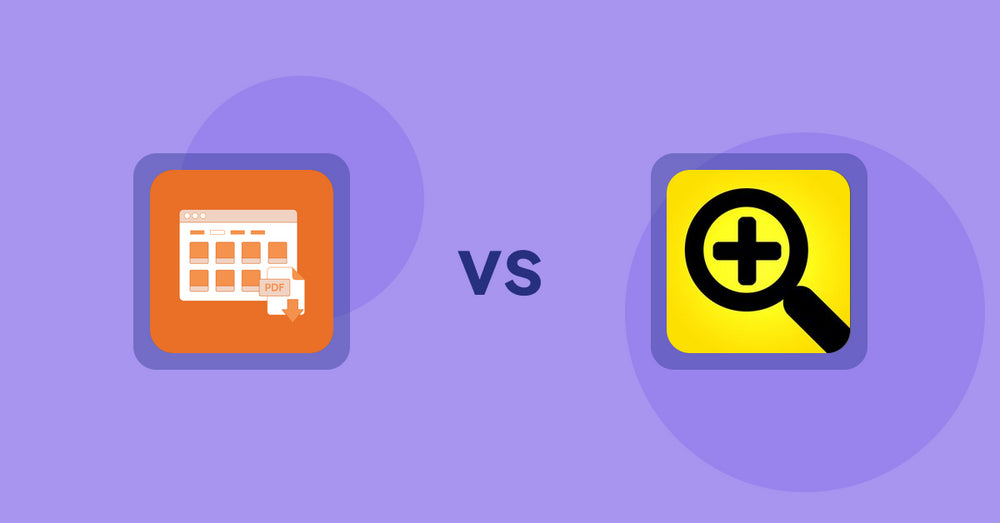
Shopify Product Display Apps: Meetanshi PDF Product Catalog vs Fast View: Fastest Quick View
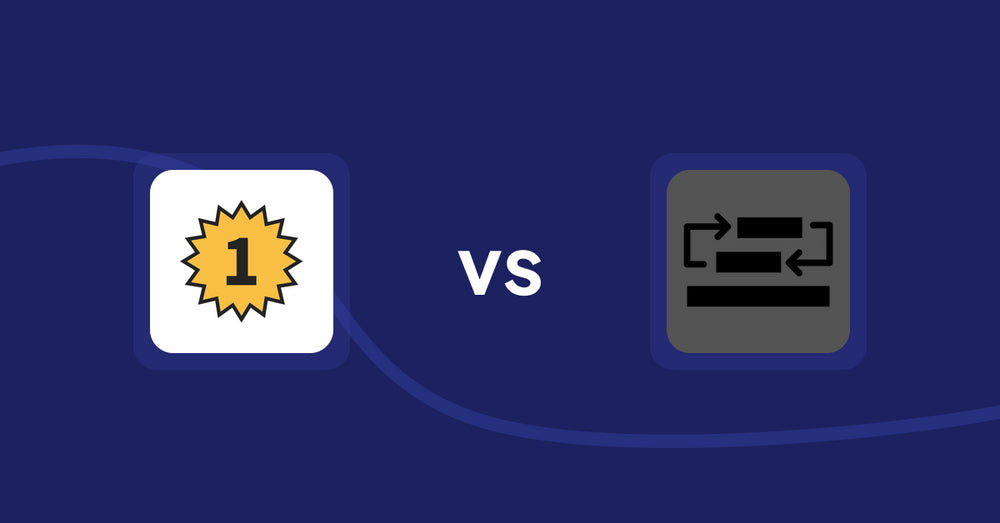
Shopify Product Display Apps: UR: Smart Ranking vs Sortyfi Collection Merchandise
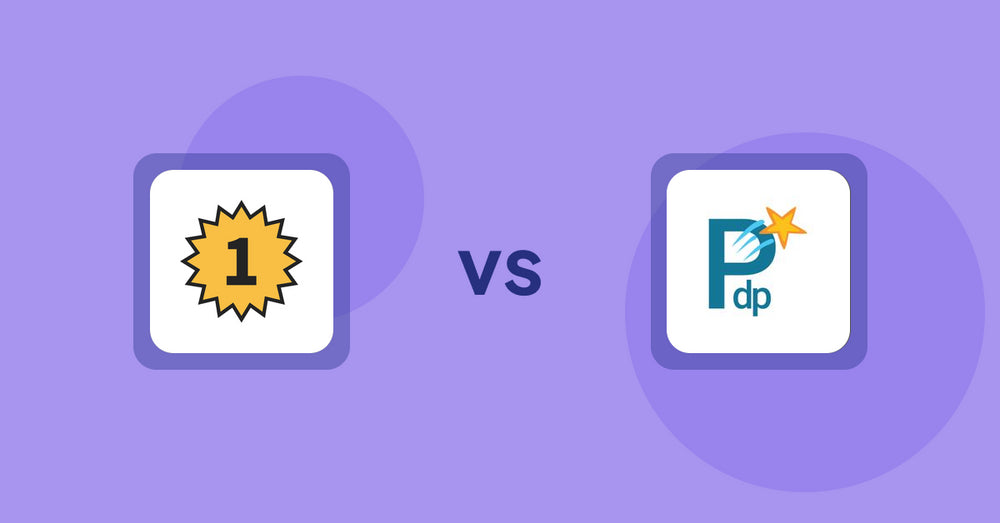
Shopify Product Display Apps: UR: Smart Ranking vs PDP Star
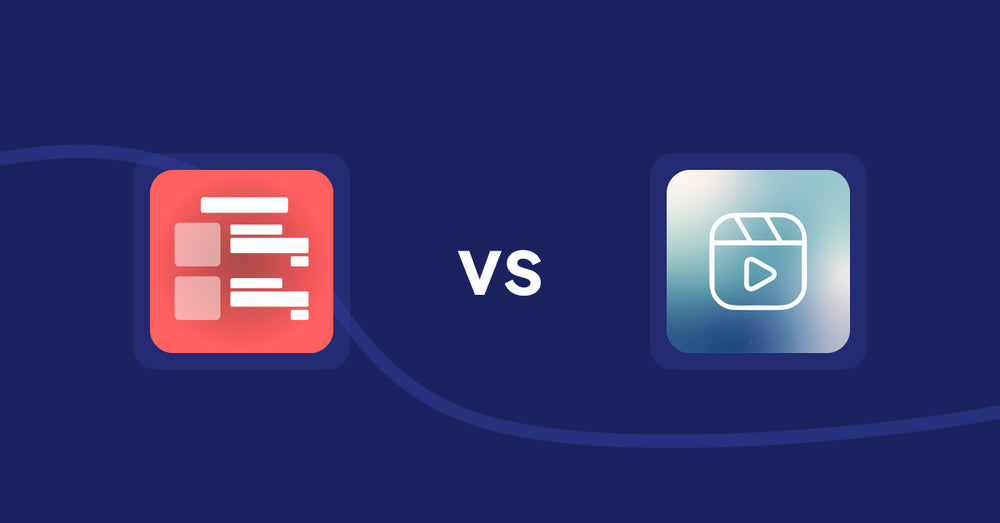
Shopify Product Display Apps: Menulog vs Reelify ‑ Shoppable Reel Video
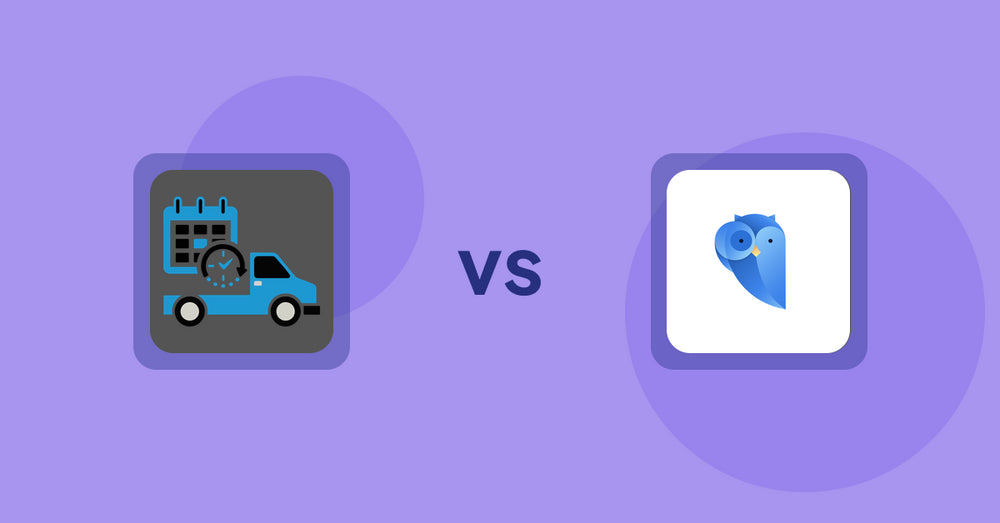
Shopify Product Display Apps: H3 Estimated Delivery vs Findify Search & Merchandise
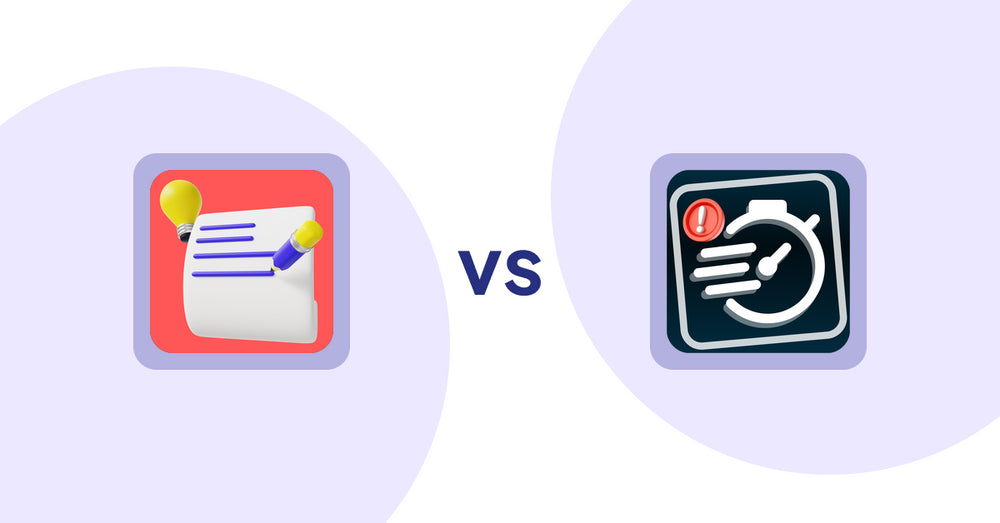
Shopify Product Display Apps: Wordo ‑ ChatGPT AI Description vs Urgency! Low Stock Counter
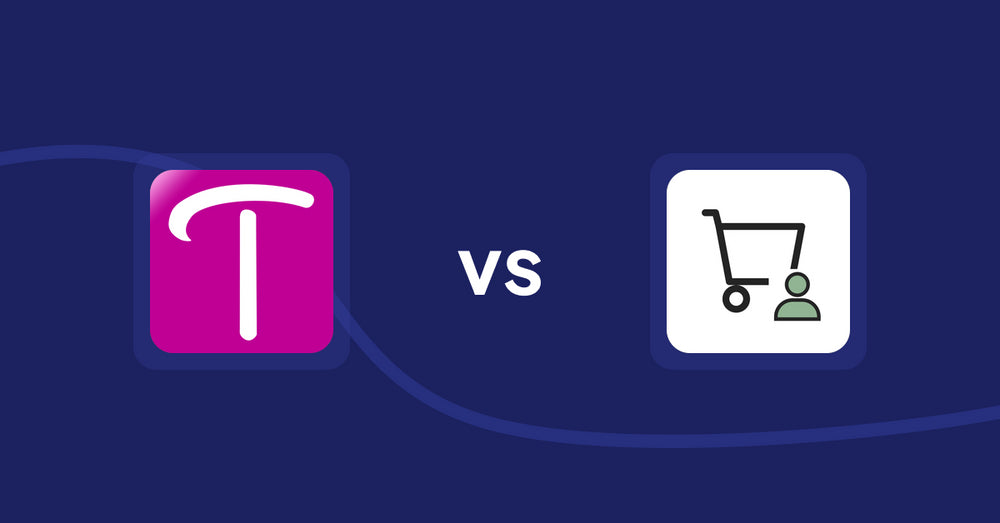
Shopify Product Display Apps: WS Transparency vs シンプル会員注文割引|お手軽ログインセール設定
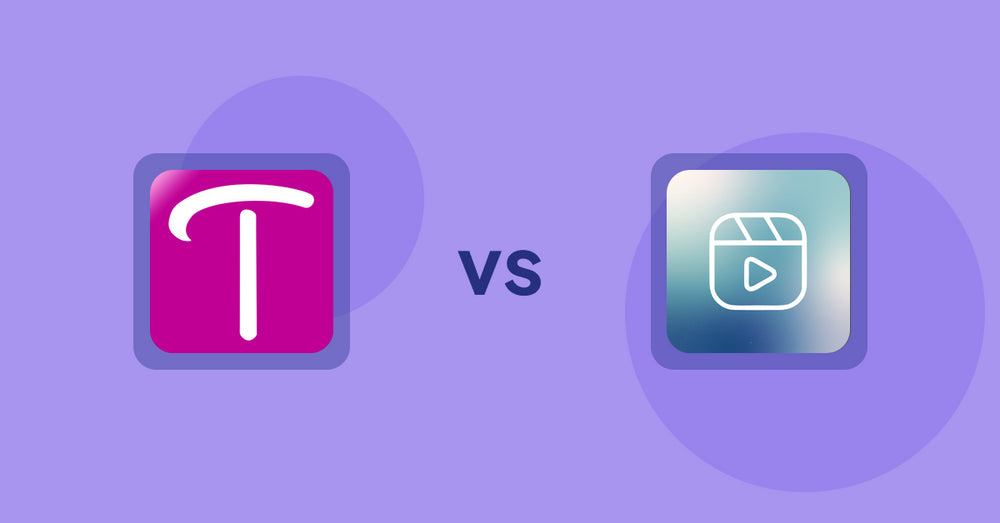
Shopify Product Display Apps: WS Transparency vs Reelify ‑ Shoppable Reel Video
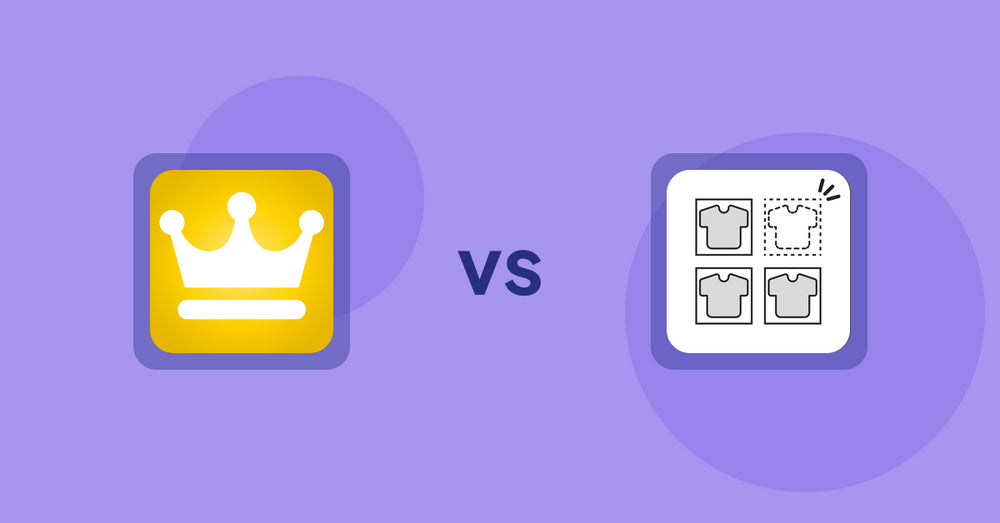
Shopify Product Display Apps: Awesome Ranking vs シンプル売り切れ非表示|在庫切れ商品の表示変更
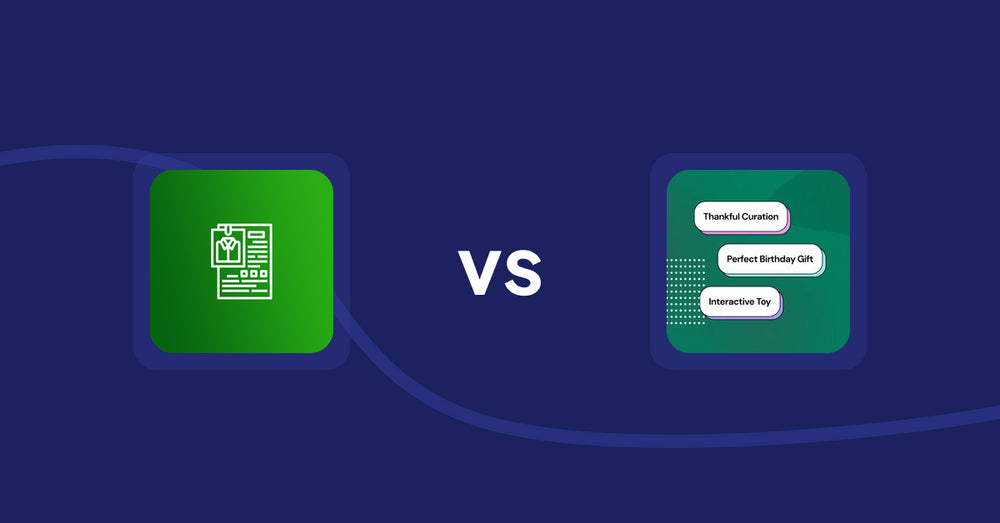
Shopify Product Display Apps: OC Product Size Chart vs FeatureFrame ‑ Pretty Product
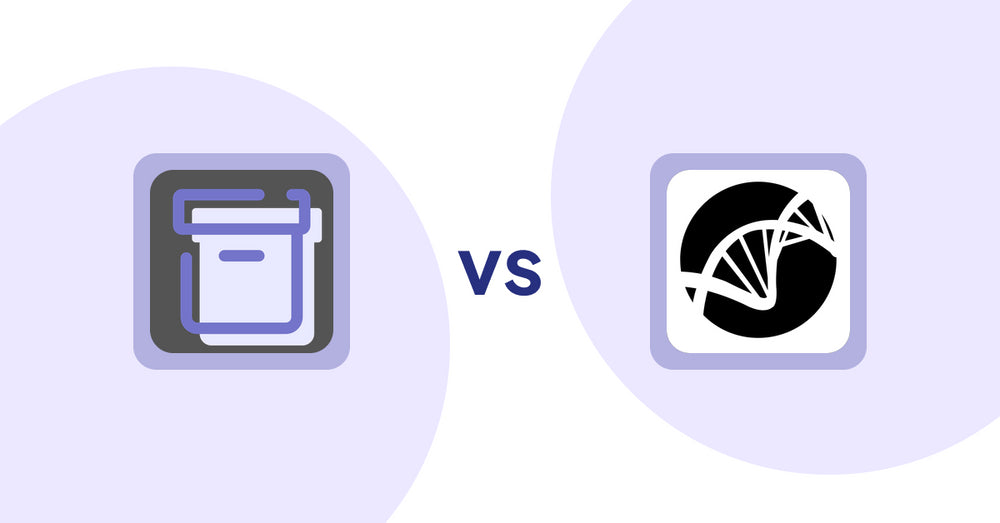
Shopify Product Display Apps: Shelfify vs Bike Matrix
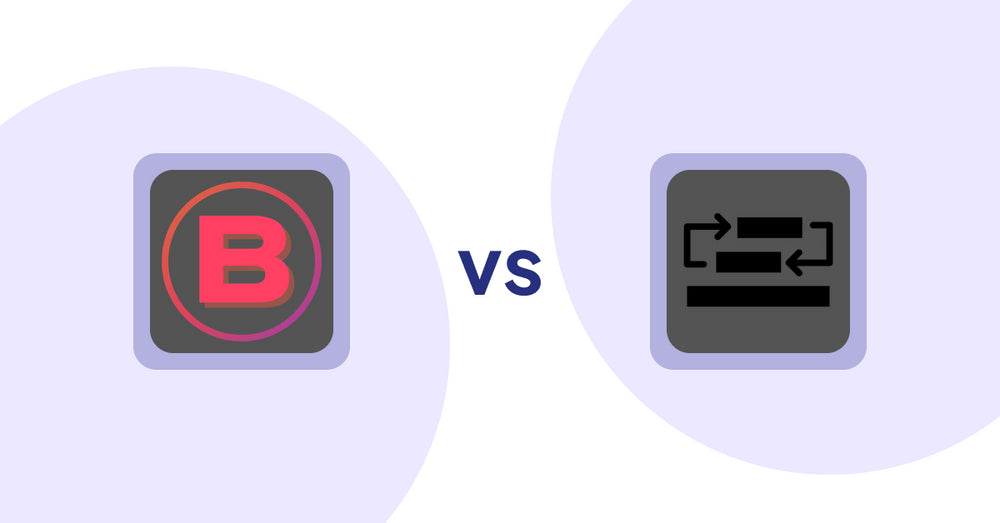
Shopify Product Display Apps: Banter Stories vs Sortyfi Collection Merchandise
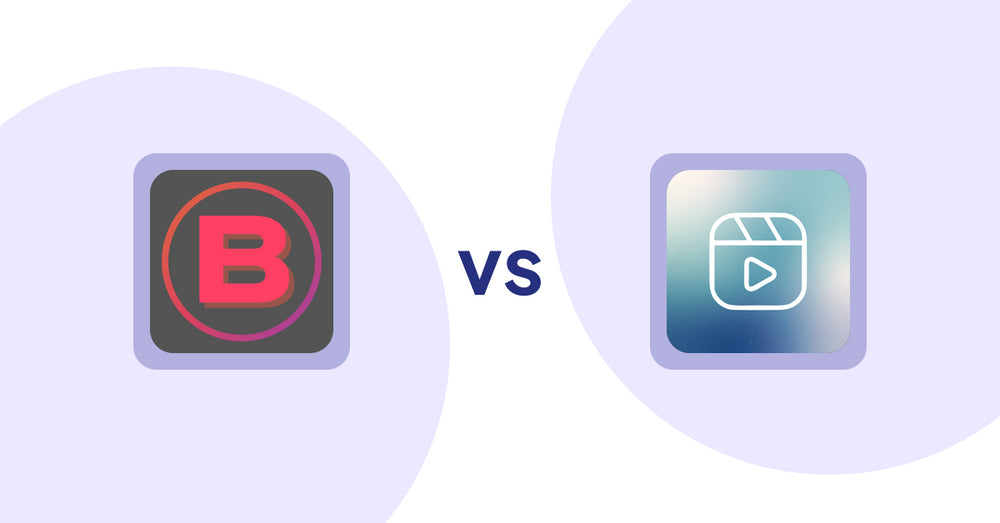
Shopify Product Display Apps: Banter Stories vs. Reelify ‑ Shoppable Reel Video
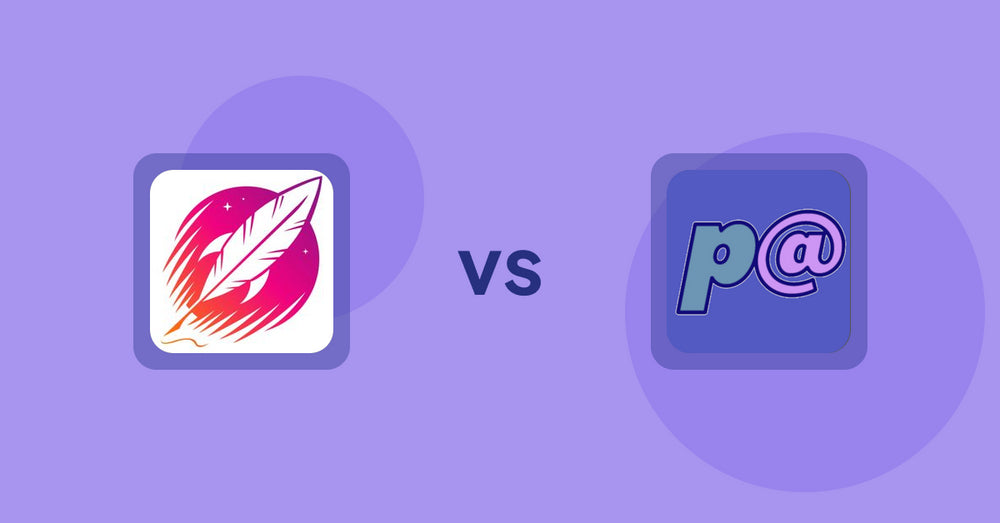
Shopify Product Display Apps: Wordsmith: Content Generator vs Parameterizer

Shopify Product Display Apps: Wordsmith: Content Generator vs Reelify ‑ Shoppable Reel Video
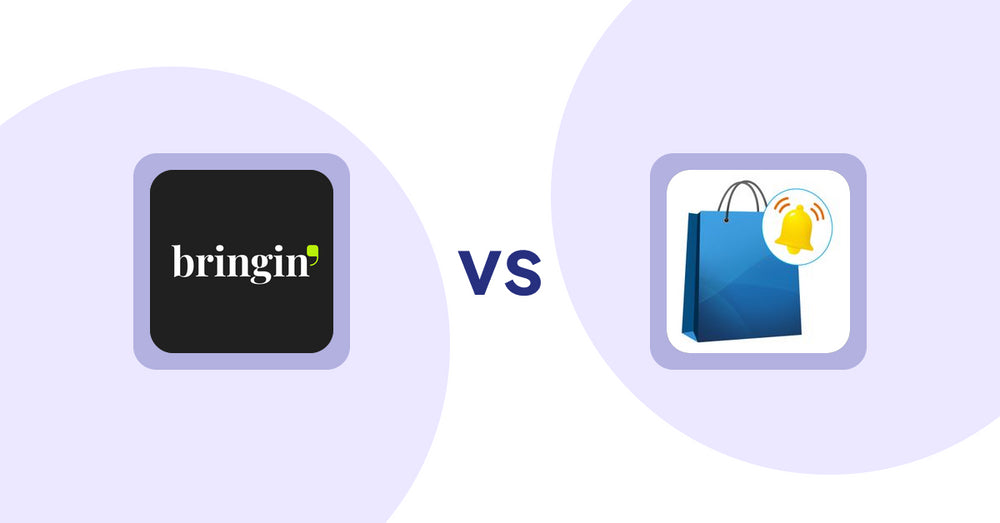
Shopify Product Display Apps: Bringin vs CartBar ‑ Product Purchase Bar
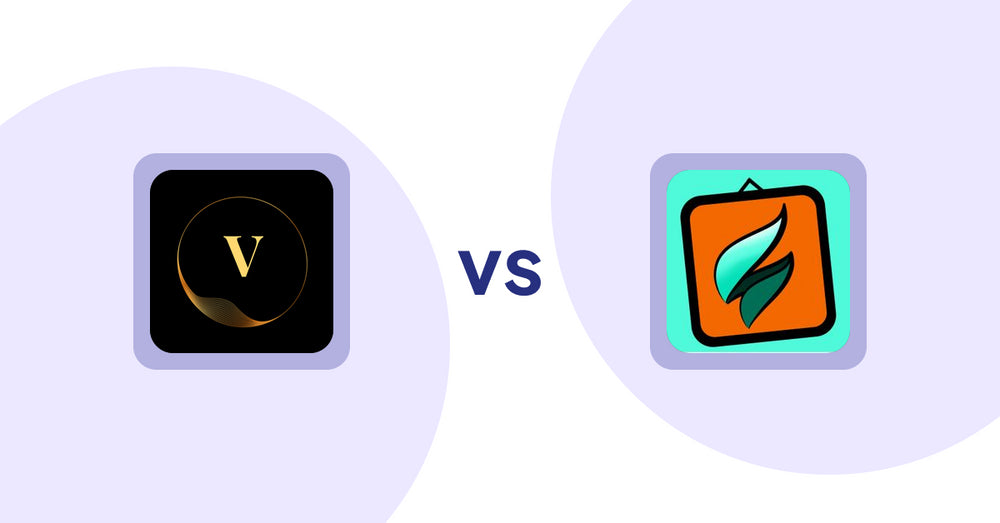
Shopify Product Display Apps: ProductTube vs SMART ‑ Art Product Builder
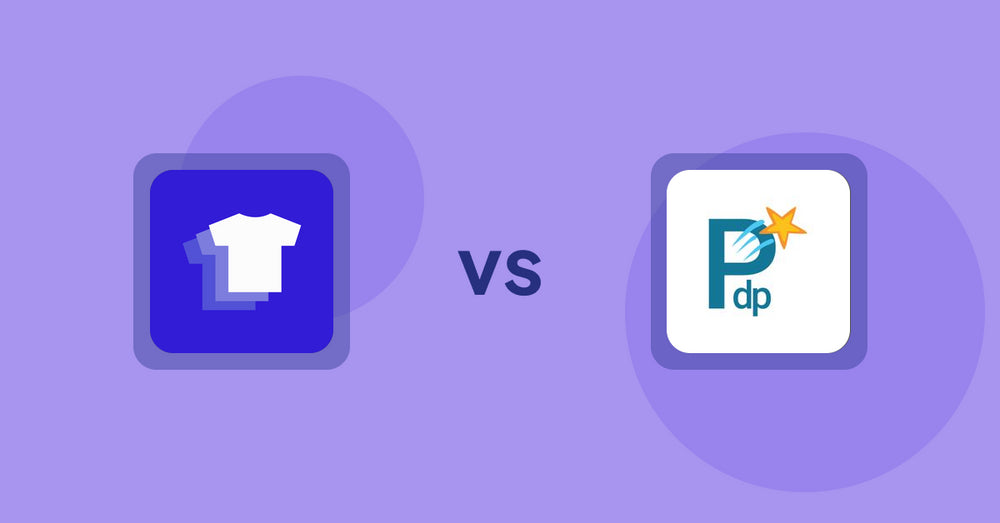
Shopify Product Display Apps: Xpander vs PDP Star
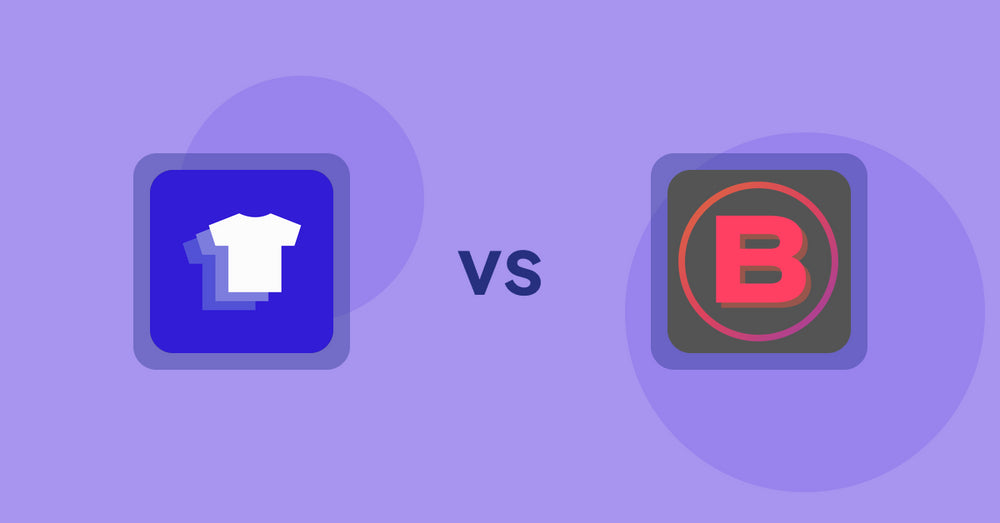
Shopify Product Display Apps: Xpander vs Banter Stories
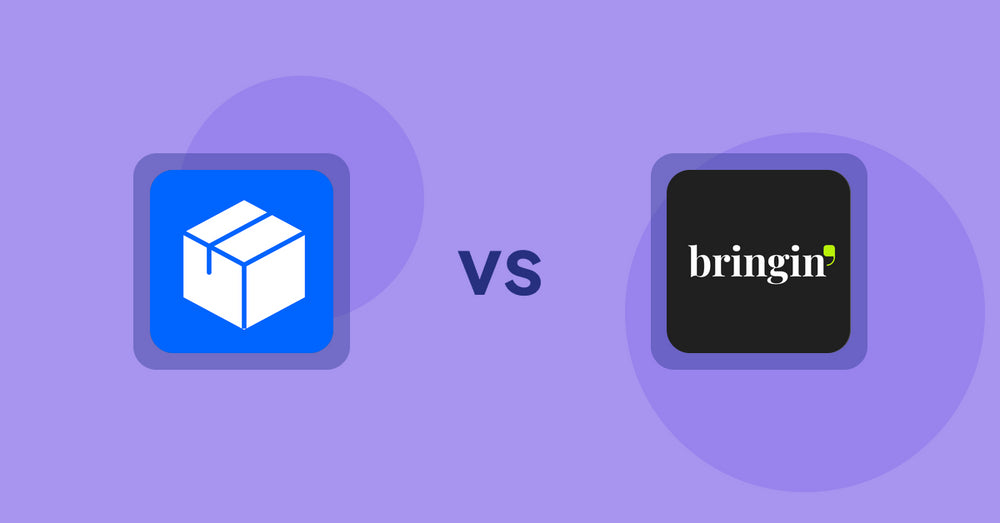
Shopify Product Display Apps: Wonderful Widgets vs Bringin
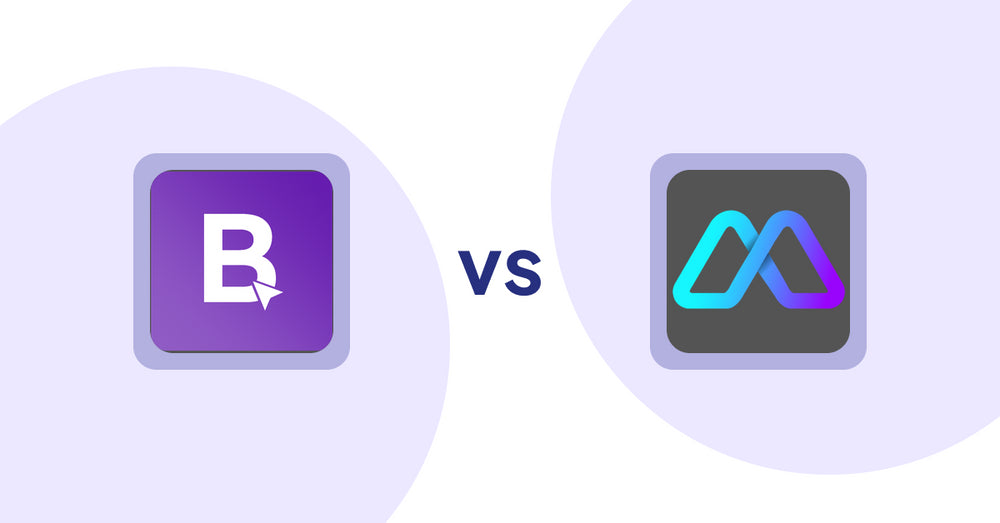
Shopify Product Display Apps: BookE - Rent Property & Service vs Metadrob: Create Virtual Store
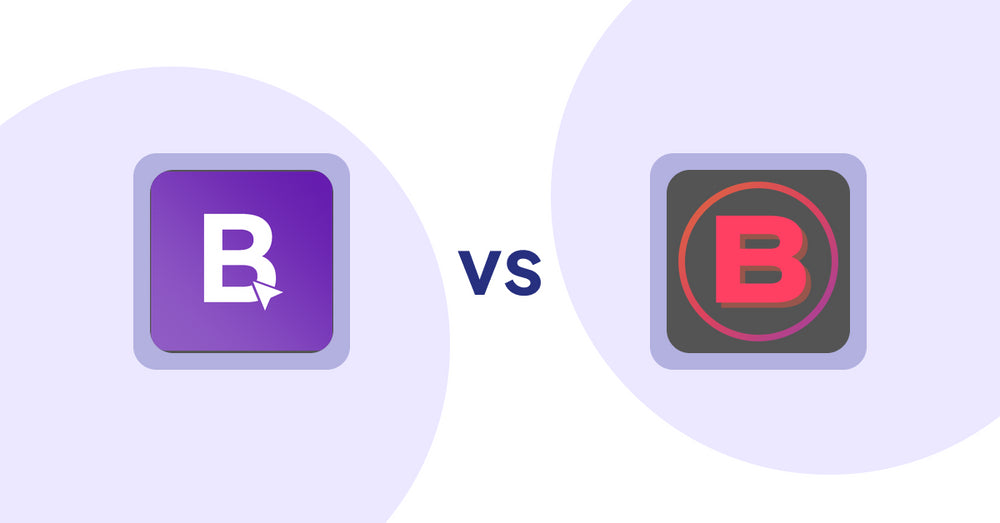
Shopify Product Display Apps: BookE ‑Rent Property & Service vs. Banter Stories
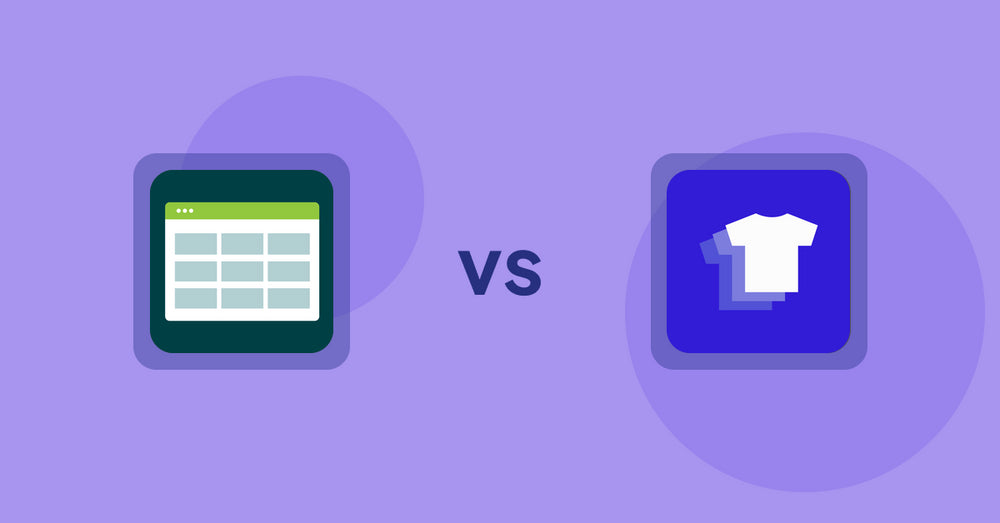
Shopify Product Display Apps: Product Table vs. Xpander
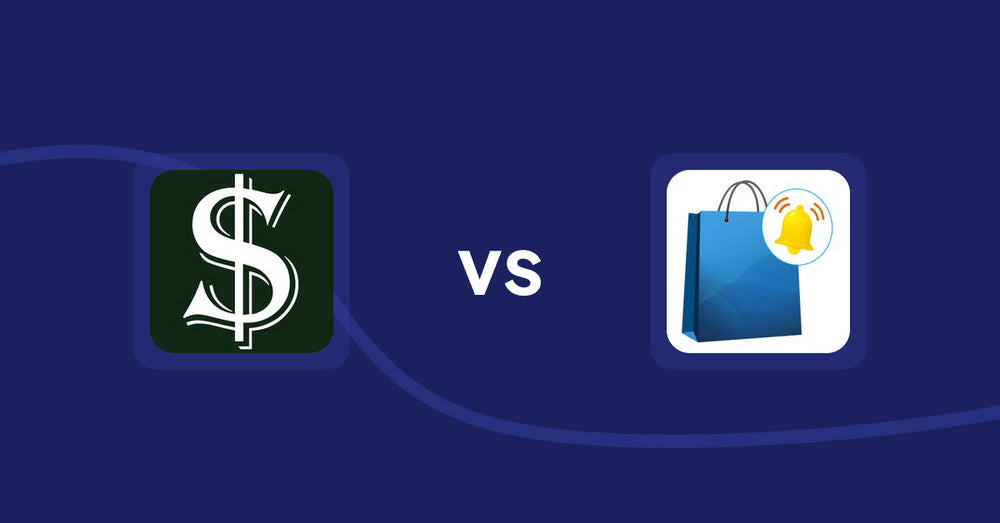
Shopify Product Display Apps: Selling Fast vs CartBar ‑ Product Purchase Bar
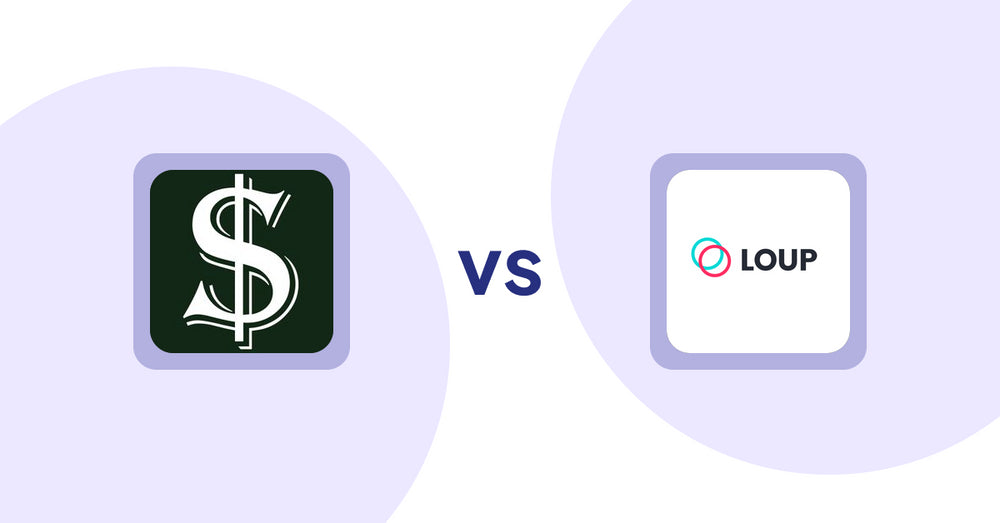
Shopify Product Display Apps: Selling Fast vs. Loup: Sell on Instagram
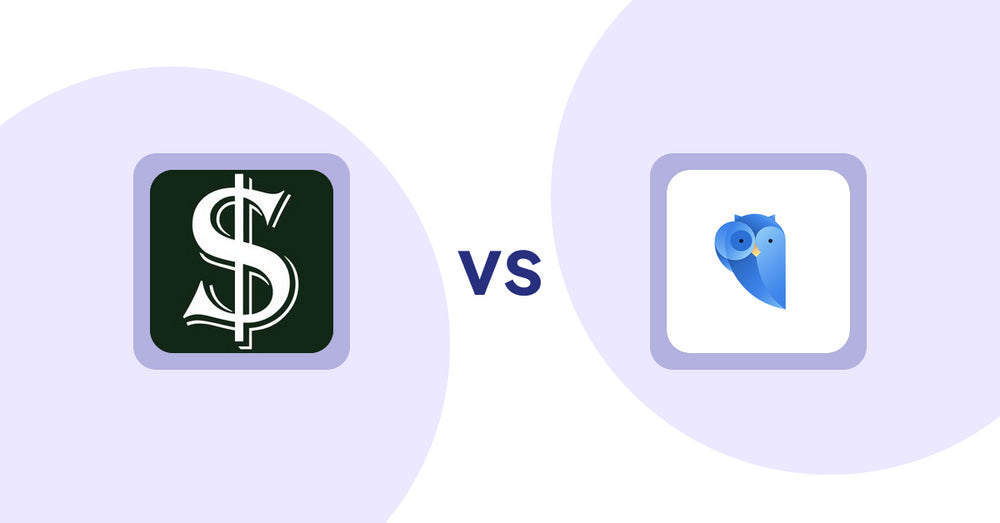
Shopify Product Display Apps: Selling Fast vs. Findify Search & Merchandise
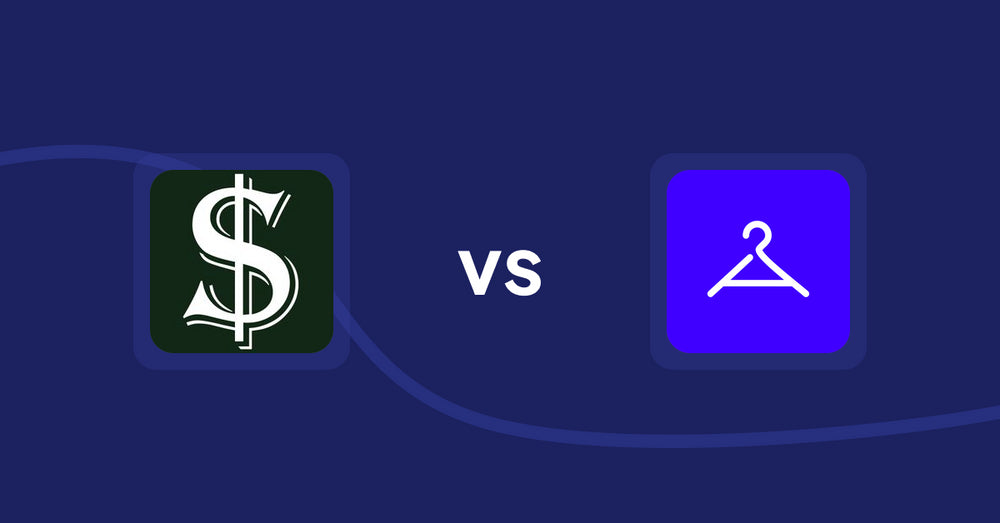
Shopify Product Display Apps: Selling Fast vs. Aiuta
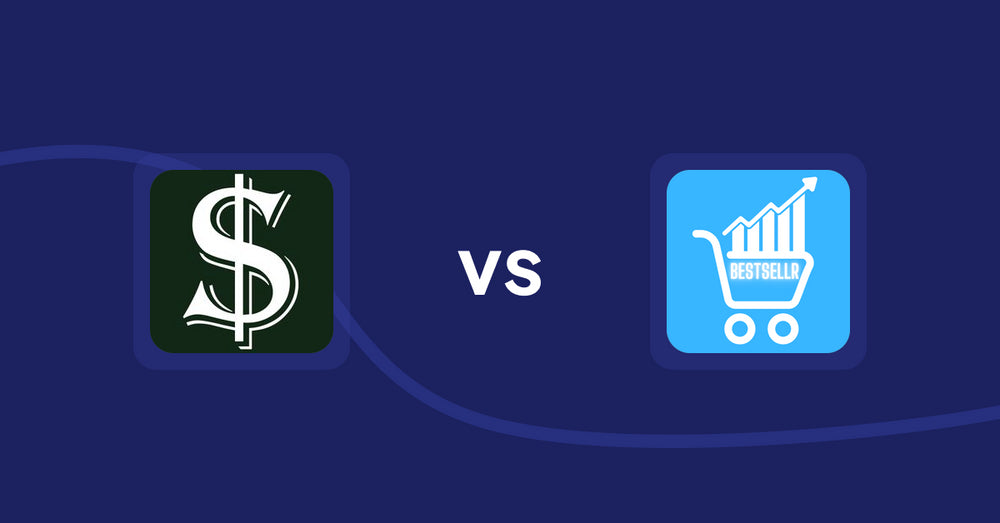
Shopify Product Display Apps: Selling Fast vs Bestsellr
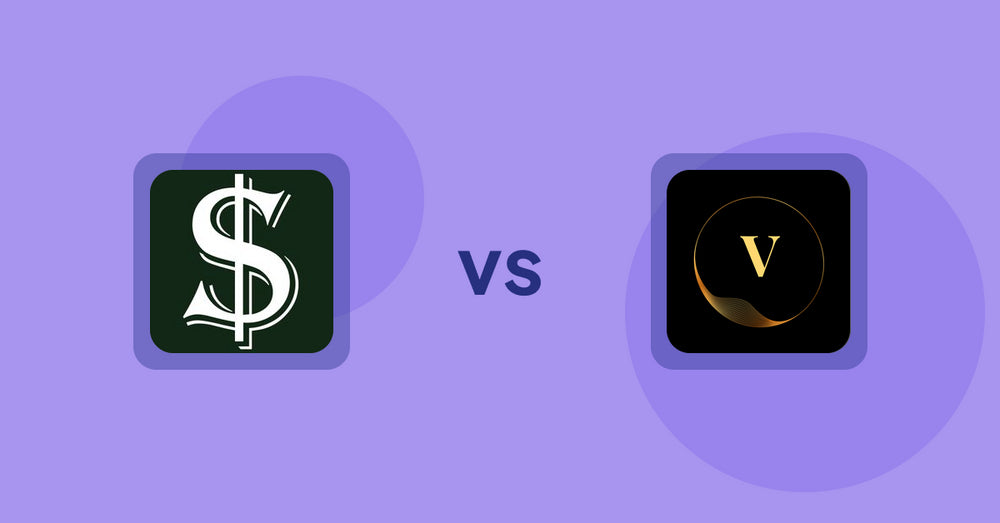
Shopify Product Display Apps: Selling Fast vs ProductTube
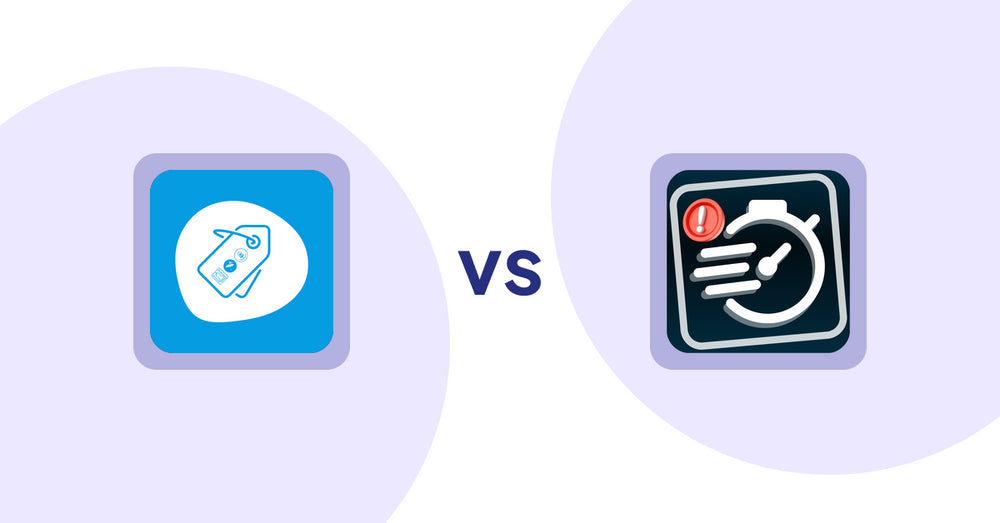
Shopify Product Display Apps: Extendons Product Tag Images vs Urgency! Low Stock Counter
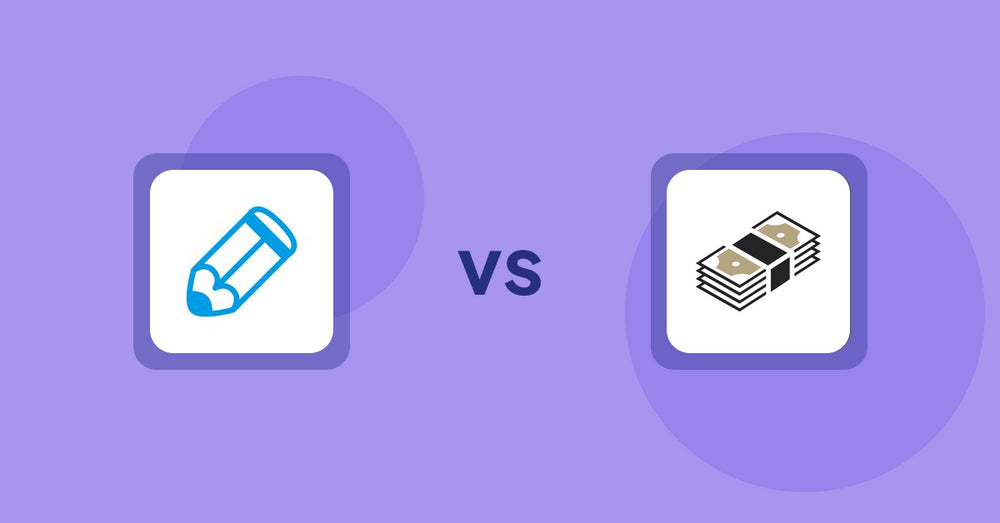
Shopify Product Display Apps: Writer Sofia vs シンプルクラウドファンディング|お手軽自社クラファン
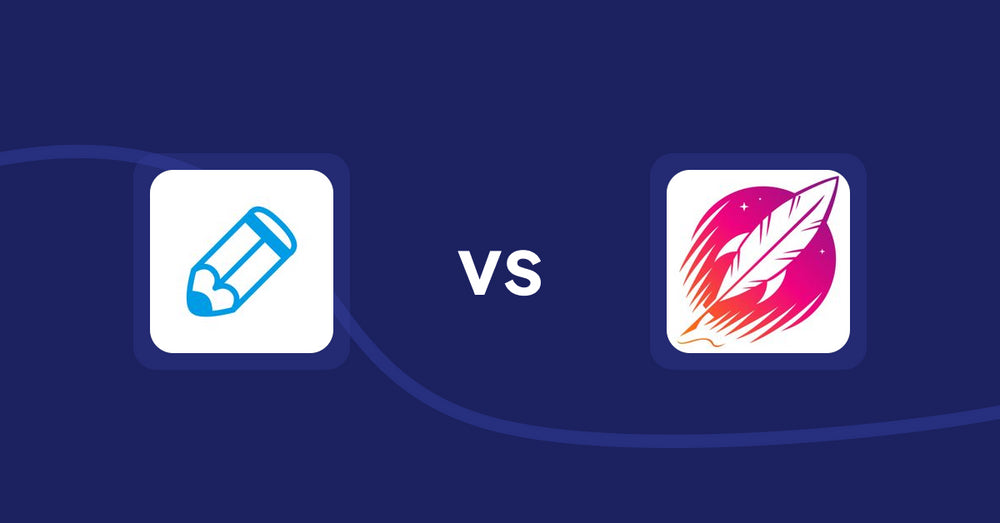
Shopify Product Display Apps: Writer Sofia vs Wordsmith: Content Generator
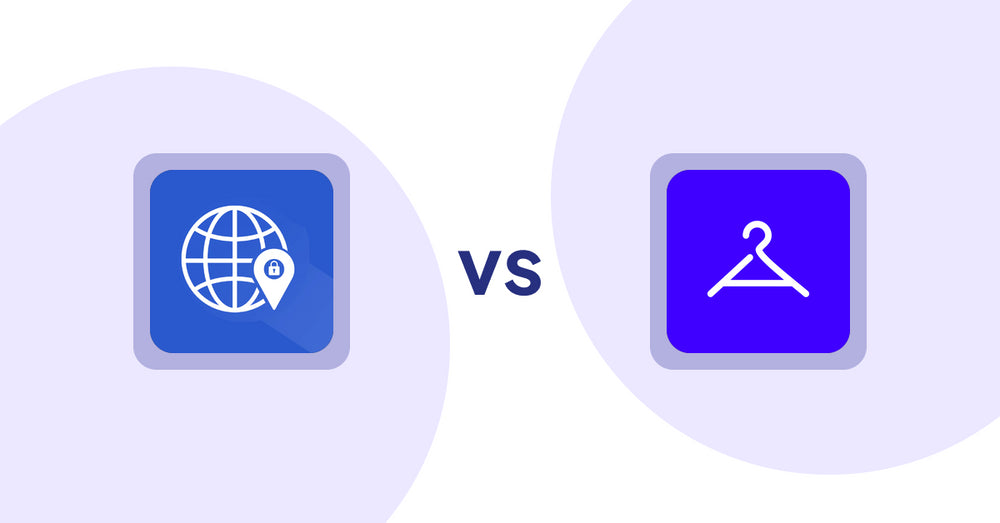
Shopify Product Display Apps: Addify ‑ Country Restrictions vs Aiuta
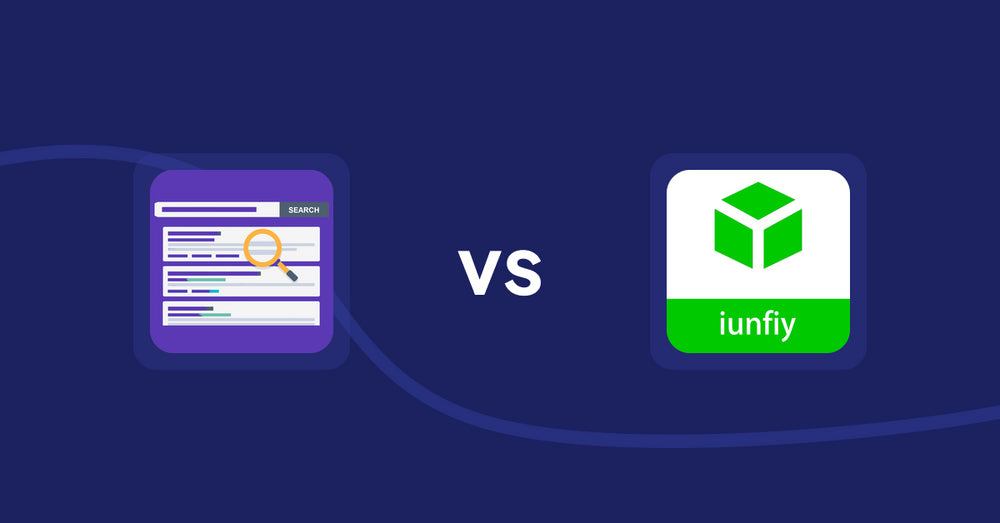
Shopify Product Display Apps: Spark AI Products Description vs iunfiy • Related Products
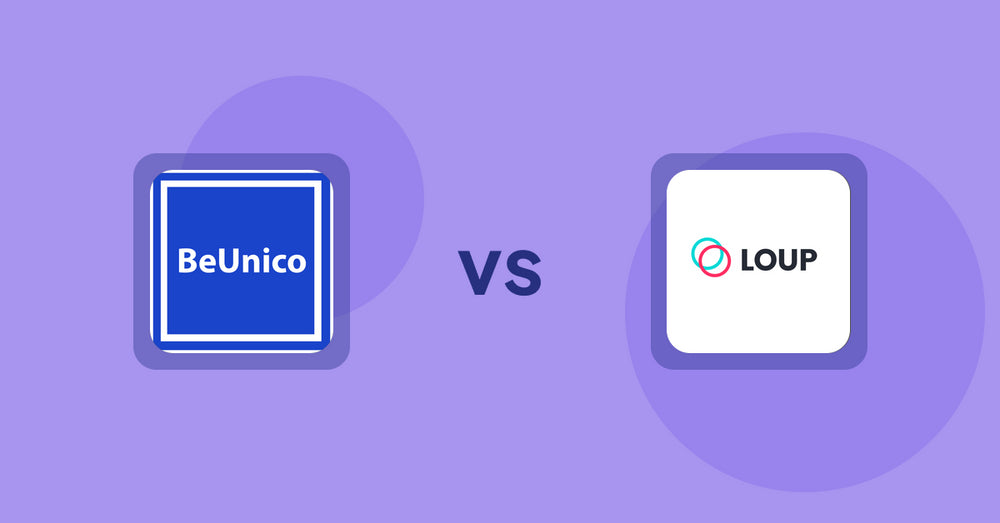
Shopify Product Display Apps: BeUnico vs Loup: Sell on Instagram
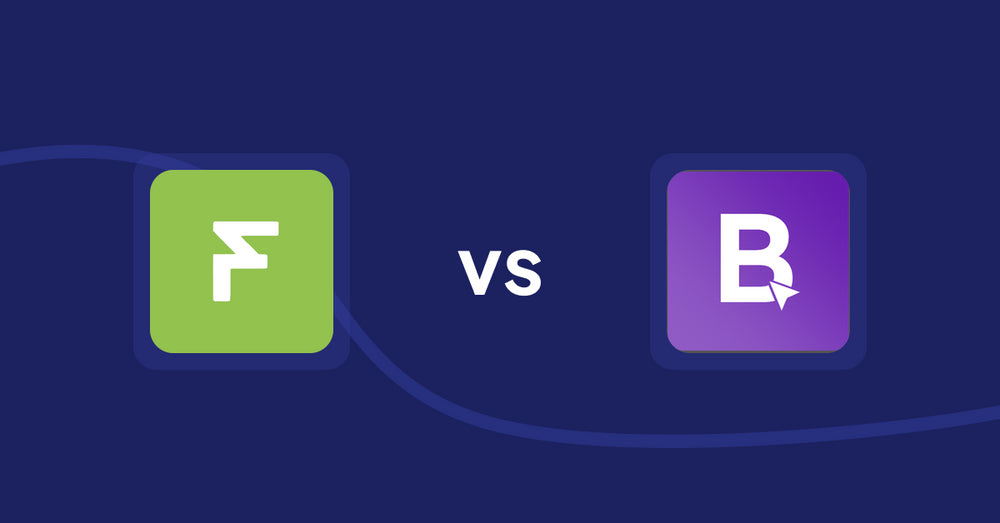
Shopify Product Display Apps: Easy Estimate Shipping vs BookE ‑Rent Property & Service
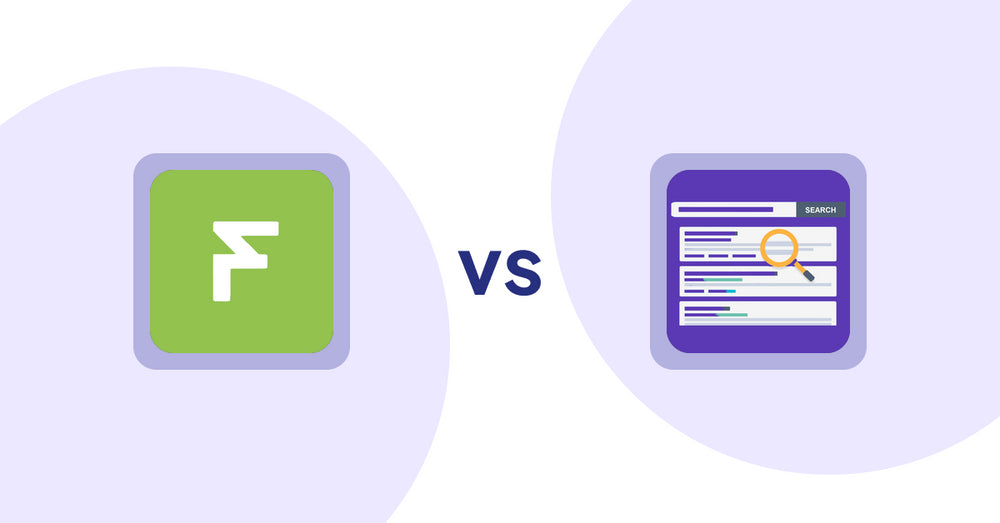
Shopify Product Display Apps: Easy Estimate Shipping vs. Spark AI Products Description
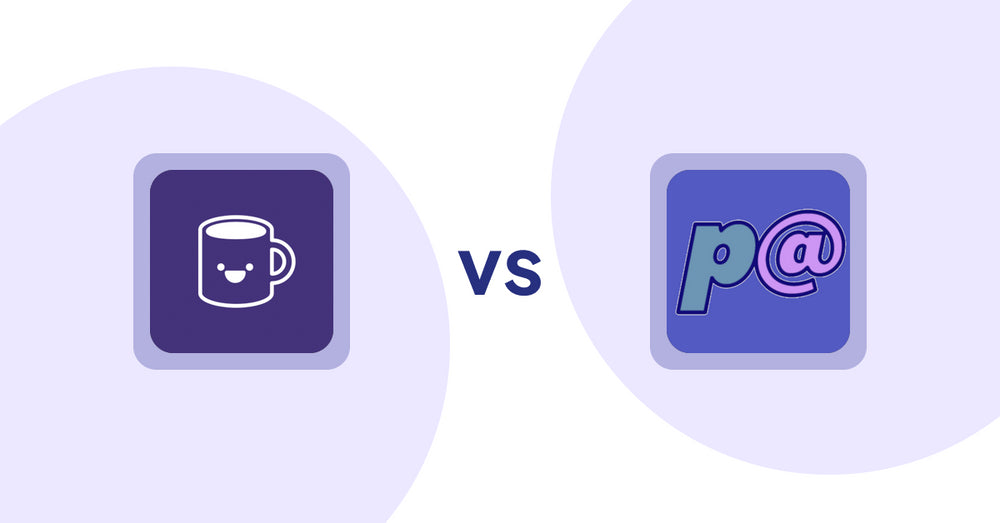
Shopify Product Display Apps: Mugshot Bot vs Parameterizer
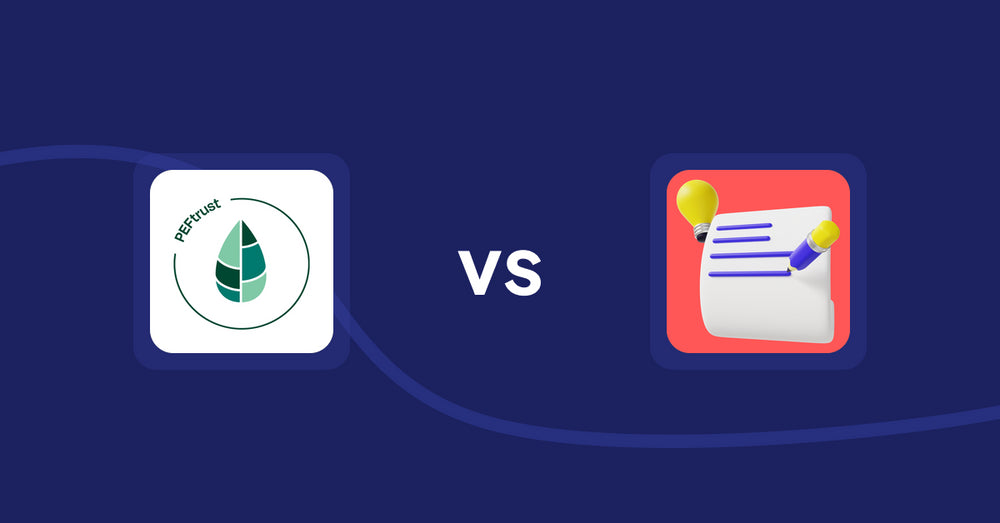
Shopify Product Display Apps: Peftrust vs. Wordo ‑ ChatGPT AI Description
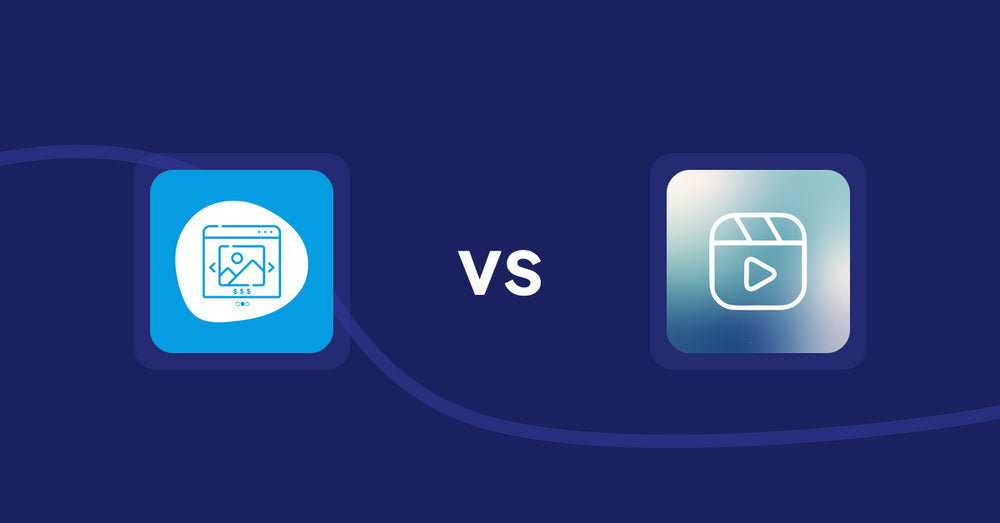
Shopify Product Display Apps: Quick Product Navigator Slide vs Reelify ‑ Shoppable Reel Video
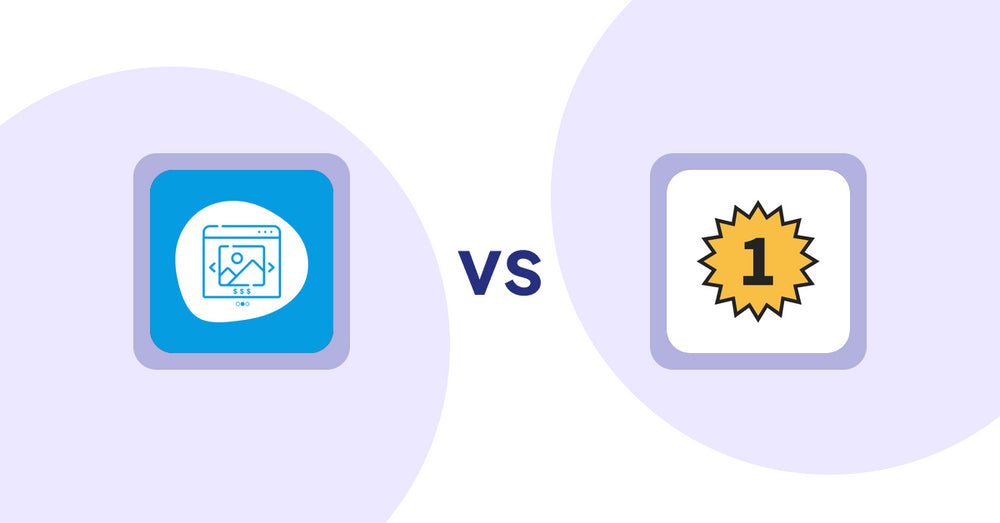
Shopify Product Display Apps: Quick Product Navigator Slide vs. UR: Smart Ranking
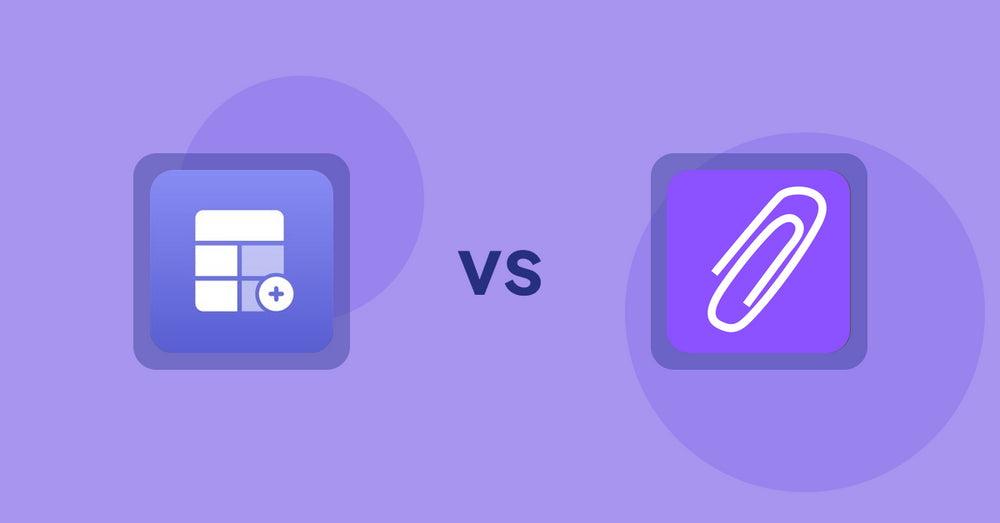
Shopify Product Display Apps: Eazy Specification Tags Table vs Agile Attachments
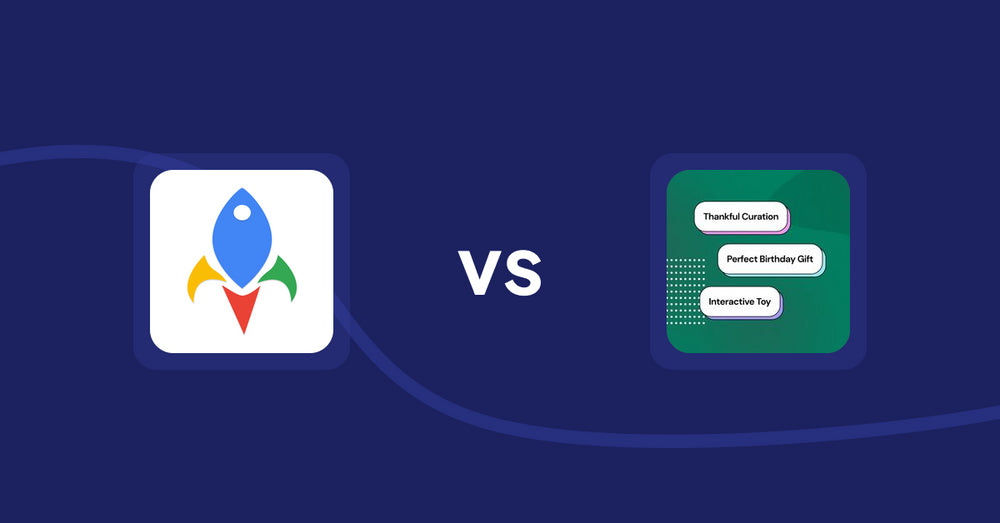
Shopify Product Display Apps: Jedi Back In Stock Admin Alert vs FeatureFrame ‑ Pretty Product
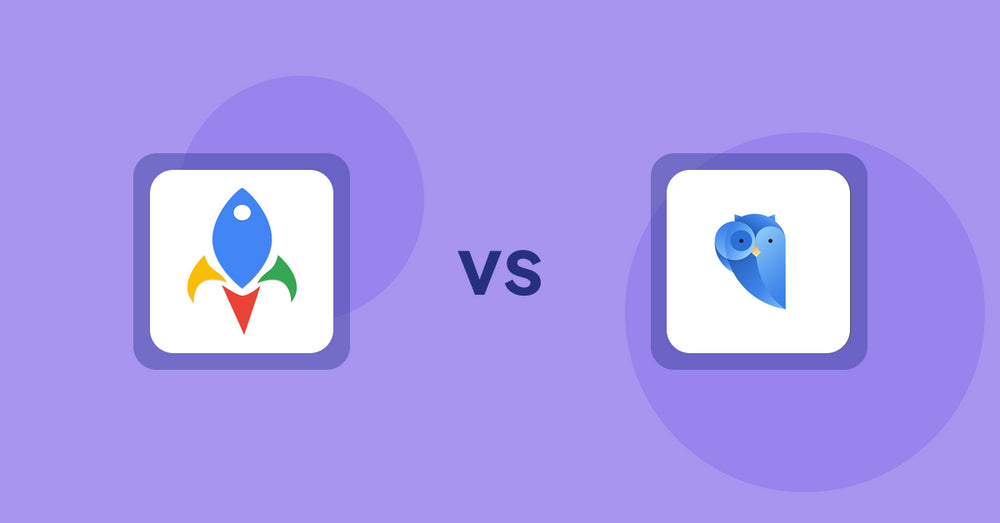
Shopify Product Display Apps: Jedi Back In Stock Admin Alert vs. Findify Search & Merchandise
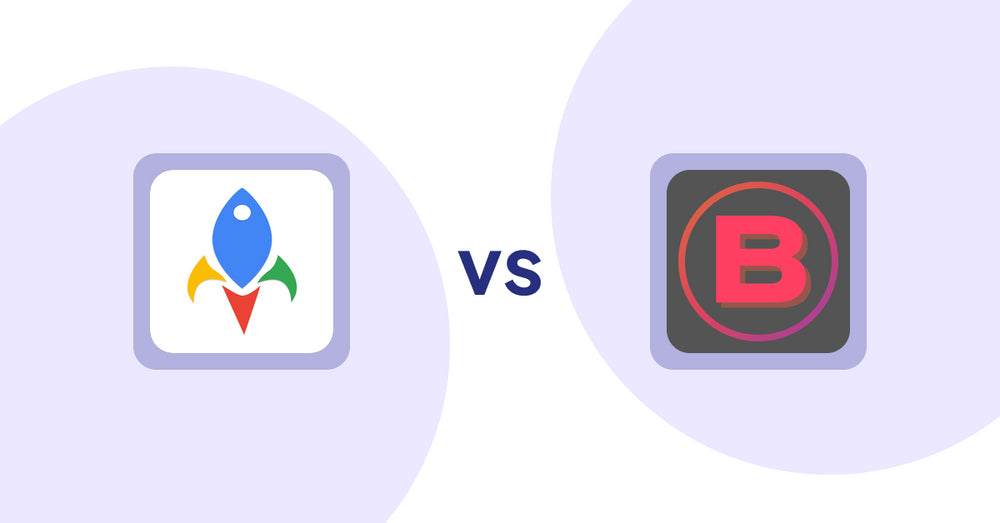
Shopify Product Display Apps: Jedi Back In Stock Admin Alert vs Banter Stories
